Back to Courses

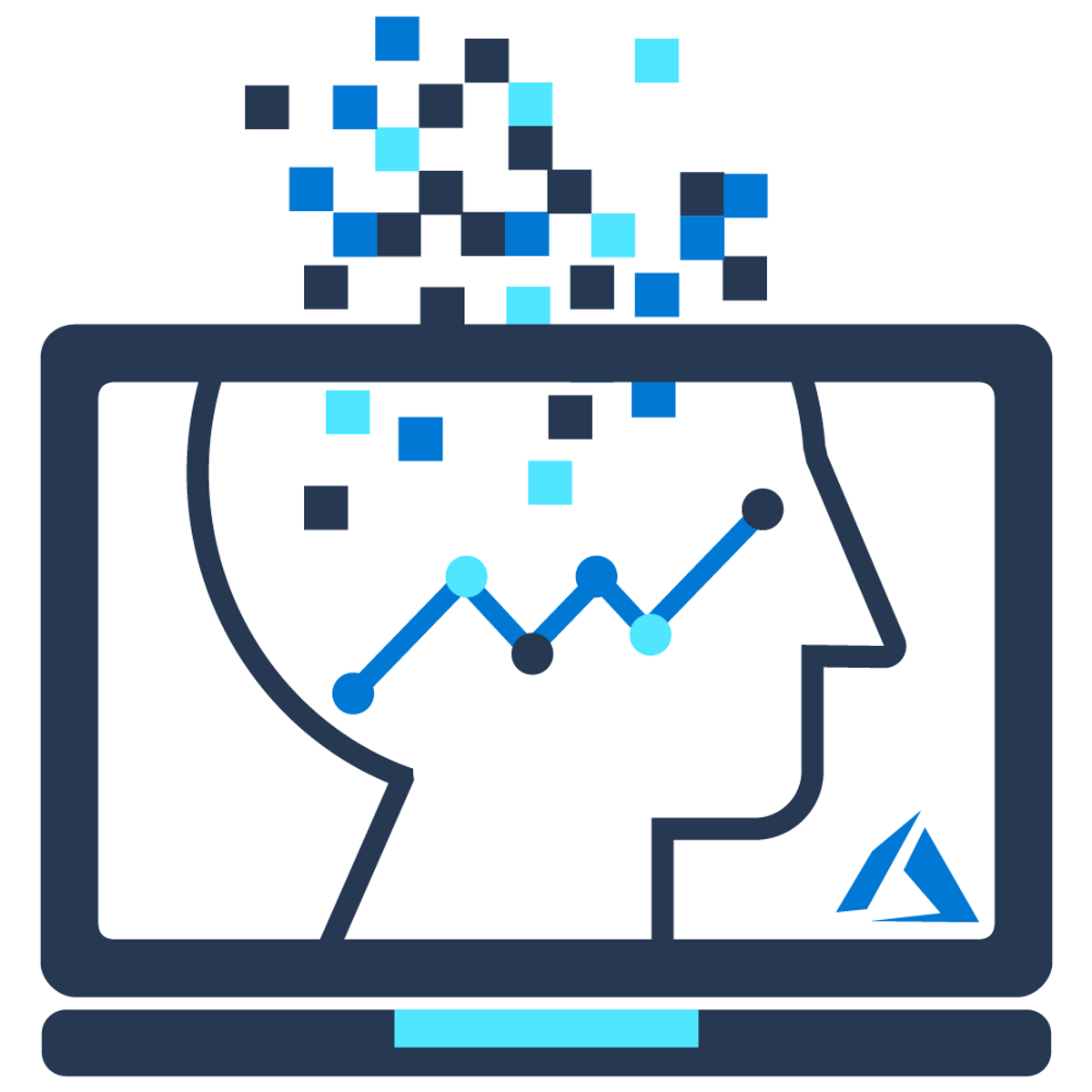
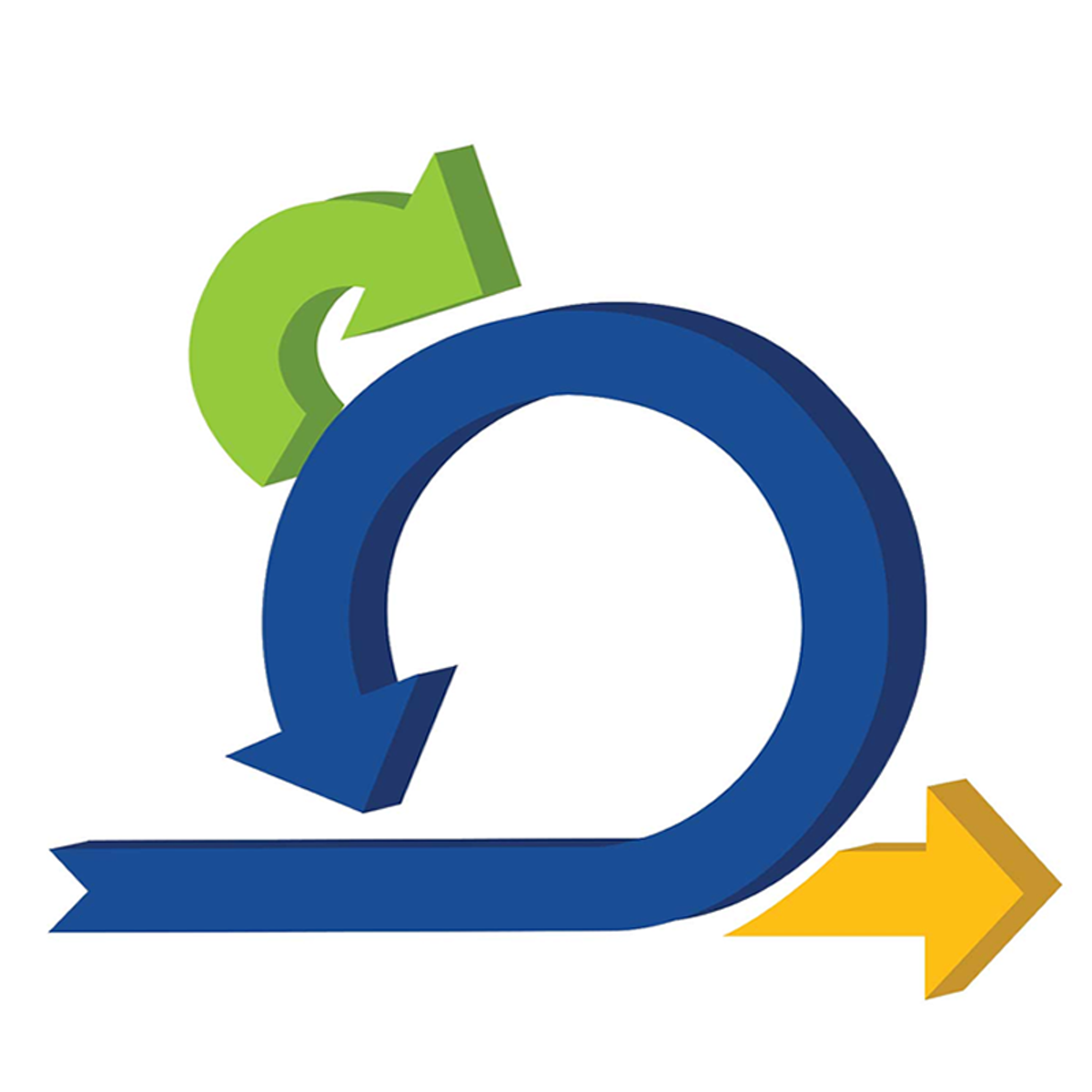

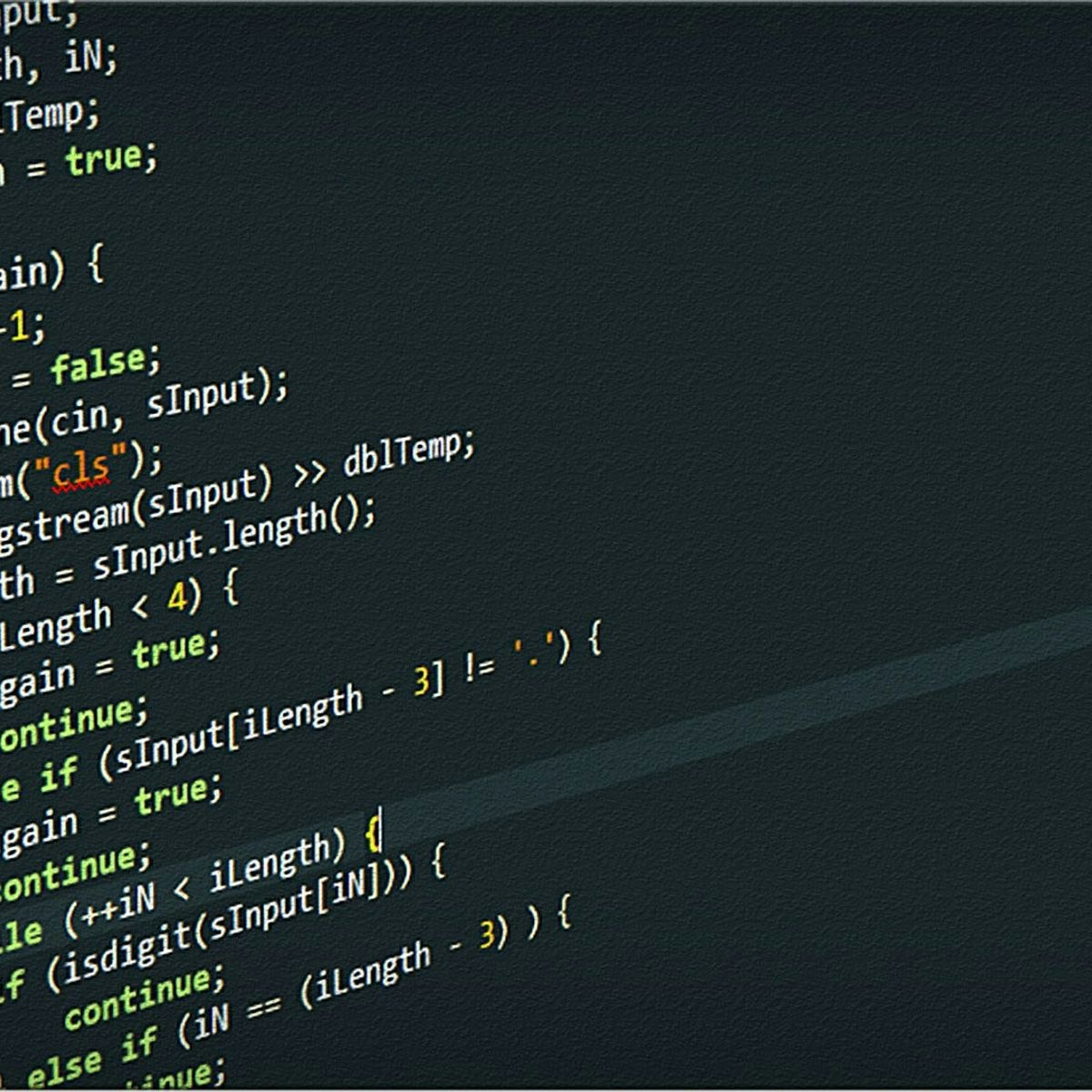

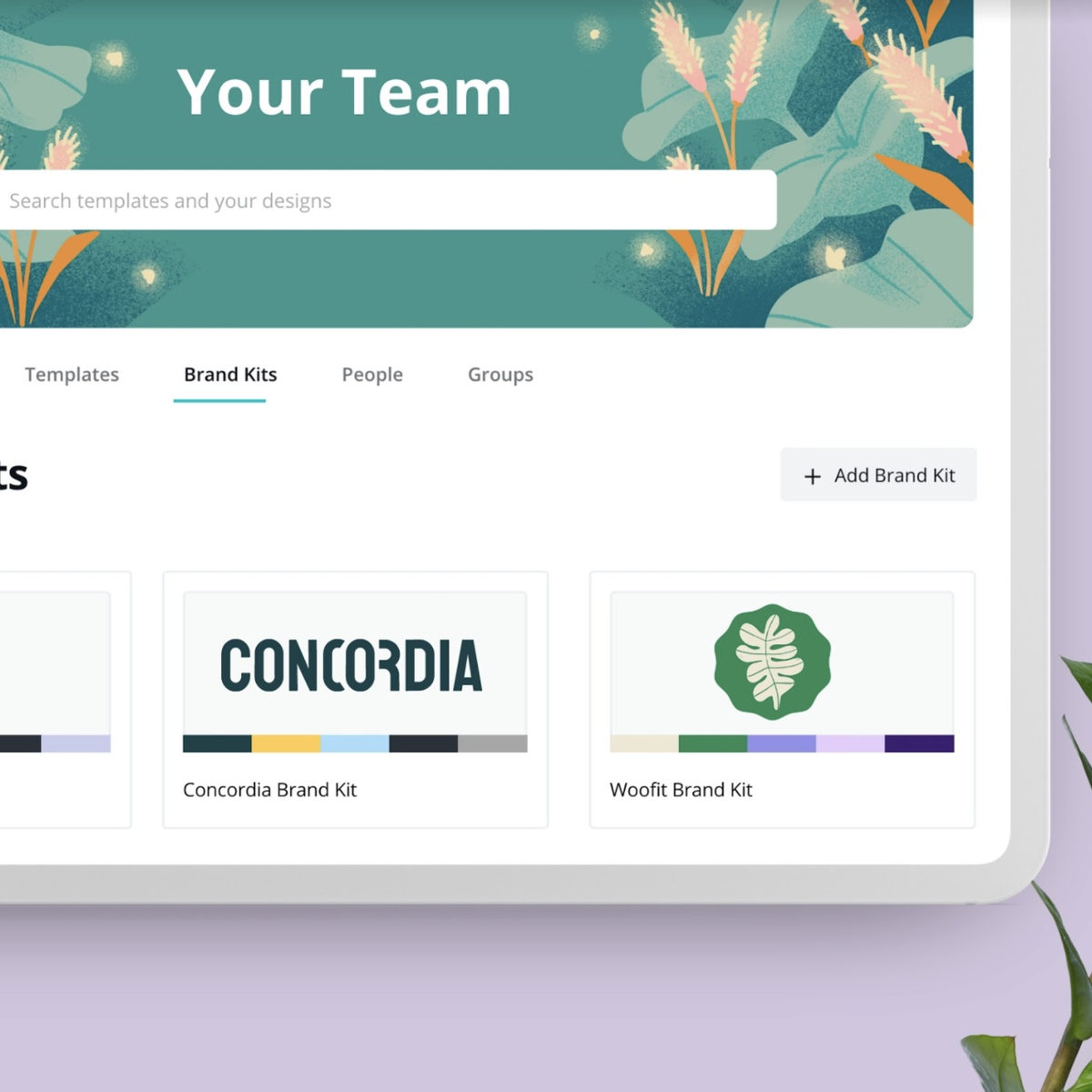
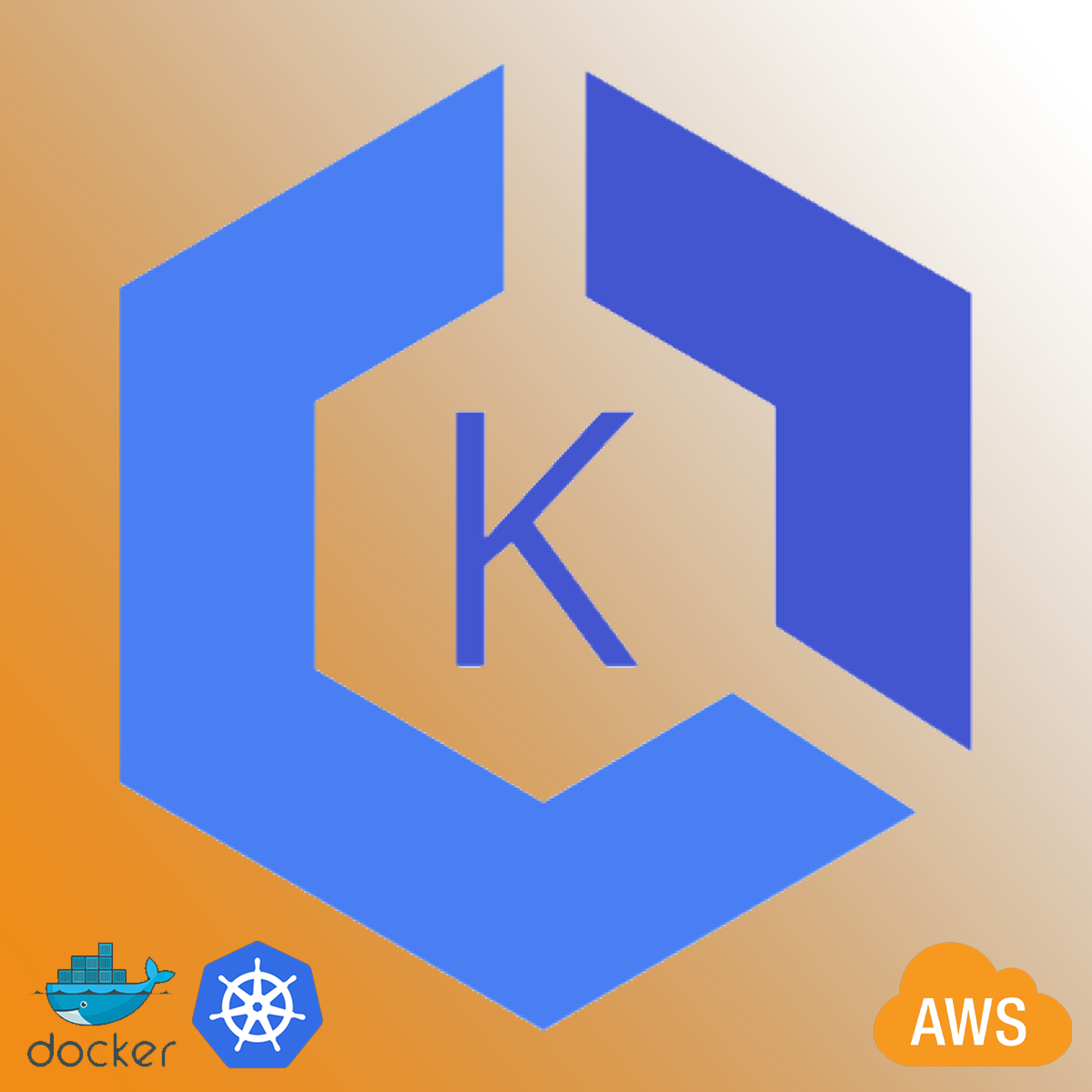
Computer Science Courses - Page 163
Showing results 1621-1630 of 2309

Create an API using Express, GraphQL, and Mongoose
By the end of this project, you will set up a GraphQL server with a MongoDB backend. You will use a GraphQL tool to test queries against the API. GraphQL is a more flexible replacement for a traditional REST API.

Enterprise and Infrastructure Security
This course introduces a series of advanced and current topics in cyber security, many of which are especially relevant in modern enterprise and infrastructure settings. The basics of enterprise compliance frameworks are provided with introduction to NIST and PCI. Hybrid cloud architectures are shown to provide an opportunity to fix many of the security weaknesses in modern perimeter local area networks.
Emerging security issues in blockchain, blinding algorithms, Internet of Things (IoT), and critical infrastructure protection are also described for learners in the context of cyber risk. Mobile security and cloud security hyper-resilience approaches are also introduced. The course completes with some practical advice for learners on how to plan careers in cyber security.

Create Machine Learning Models in Microsoft Azure
Machine learning is the foundation for predictive modeling and artificial intelligence. If you want to learn about both the underlying concepts and how to get into building models with the most common machine learning tools this path is for you. In this course, you will learn the core principles of machine learning and how to use common tools and frameworks to train, evaluate, and use machine learning models.
This course is designed to prepare you for roles that include planning and creating a suitable working environment for data science workloads on Azure. You will learn how to run data experiments and train predictive models. In addition, you will manage, optimize, and deploy machine learning models into production.
From the most basic classical machine learning models, to exploratory data analysis and customizing architectures, you’ll be guided by easy -to-digest conceptual content and interactive Jupyter notebooks.
If you already have some idea what machine learning is about or you have a strong mathematical background this course is perfect for you. These modules teach some machine learning concepts, but move fast so they can get to the power of using tools like scikit-learn, TensorFlow, and PyTorch. This learning path is also the best one for you if you're looking for just enough familiarity to understand machine learning examples for products like Azure ML or Azure Databricks. It's also a good place to start if you plan to move beyond classic machine learning and get an education in deep learning and neural networks, which we only introduce here.
This program consists of 5 courses to help prepare you to take the Exam DP-100: Designing and Implementing a Data Science Solution on Azure. The certification exam is an opportunity to prove knowledge and expertise operate machine learning solutions at cloud scale using Azure Machine Learning. This specialization teaches you to leverage your existing knowledge of Python and machine learning to manage data ingestion and preparation, model training and deployment, and machine learning solution monitoring in Microsoft Azure . Each course teaches you the concepts and skills that are measured by the exam.

Combining Scrum with Other Agile Methodologies
This course is designed to help Scrum beginners become more proficient with Agile Scrum. This course explores layering other Agile methodologies on top of Scrum.
This is the fourth course in the Certified Scrum Master specialization. We recommend completing the first three courses before beginning this one.

Building a Dynamic Web App using PHP & MySQL
In this 1-hour long project-based course, you will learn how to create a simple note-taking web app using PHP and MySQL. PHP and MySQL enable developing powerful dynamic web pages and applications. They are some of the most widely used technologies in the world right now for developing back-end applications. They allow you to create dynamic content on your webpage and bring it to life. They also allow to persist data in the backend database and use them in every different way. Eventually, you will be able to use the concepts you learned to build more complex and powerful web pages and applications using PHP and MySQL. This will open huge career opportunities in the field of back end web and mobile development.
Note: This course works best for learners who are based in the North America region. We’re currently working on providing the same experience in other regions.

Create C Control Constructs using DevC++
By the end of this project you will implement a C program that determines how many words, characters, and lines are in a file using C control constructs.
The C programming language is the basis for many other programming languages. Its syntax has been used in languages such as C++, Java, and C# to name a few. All these languages utilize control constructs such as the decision constructs and loop constructs. C is still the language of choice for writing Operating systems, games, and many other applications where performance is critical.
Note: This course works best for learners who are based in the North America region. We’re currently working on providing the same experience in other regions.

Design a pitch deck with Canva
At the end of this project, you will have all the basic skills to create a professional and attractive pitch deck to present your project using Canva, an online tool for creating and editing Marketing visuals. You will be able to create a credible presentation, which will attract your investors and preferred audience.

How to create and join teams using Canva
In this tutorial you will learn how to create and join teams using Canva.
Note: This tutorial works best for learners who are based in the North America region. We're currently working on providing the same experience in other regions.

Deploy a Web Application in AWS Elastic Kubernetes Service
In this one-hour project, you will learn how to use the Amazon Web Services Platform and its Kubernetes Service to deploy a Web Application in a high availability environment, using the power of containers and Kubernetes in a real-world use case.
Once you're done with this project, you will be able to clone a project, create a docker container image and deploy this container like a Kubernetes POD using the Elastic Kubernetes Services with just a few steps.

